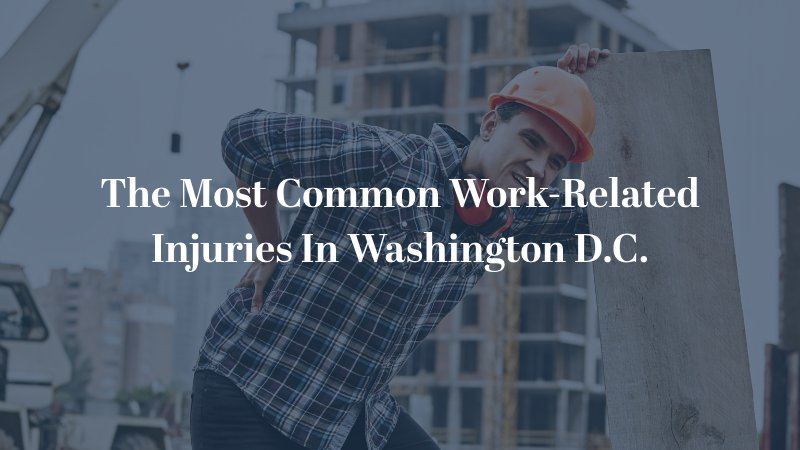
If you’ve suffered an injury while on the job, you’re not alone. Work-related injuries can be more common than many people realize, and understanding these types of injuries is essential for victims seeking compensation. Knowing the most prevalent work-related injuries can help you identify your situation better and understand your rights as a personal injury victim.
Here are some of the most common types of work-related injuries that employees might experience:
Slip and Fall Injuries
Slip and fall injuries are among the most frequent types of work-related accidents. They usually occur when employees encounter wet floors, uneven surfaces, or cluttered walkways. These incidents can lead to serious fractures, sprains, or head injuries.
Repetitive Strain Injuries (RSIs)
Repetitive strain injuries arise from performing the same motion continuously over time, often affecting those who work in settings like offices or manufacturing facilities. Common examples include carpal tunnel syndrome and tendonitis in areas such as wrists or elbows due to repetitive tasks like typing or assembly line work.
Heavy Lifting Injuries
In jobs requiring heavy lifting – such as warehouse positions – workers can suffer back strains and other musculoskeletal disorders if they aren’t using proper lifting techniques.
Machine-Related Accidents
Working with machinery poses considerable risks, as improper operation or malfunctioning equipment can lead to serious injuries. Employees may experience crush injuries, lacerations, or amputations if safety protocols aren’t followed.
Workplace Violence
Unfortunately, incidents of workplace violence can occur across various industries. This includes physical altercations between employees or even assaults from customers. These situations may lead to physical injury as well as emotional trauma requiring considerable attention.
Falls from Heights
Workers in industries such as construction, roofing, and maintenance often have job responsibilities that require them to work at elevated heights. Falls from ladders, scaffolding, or rooftops can result in severe injuries including fractures or traumatic brain injuries. The use of safety harnesses and adhering to fall prevention measures are critical in minimizing these risks.
By understanding the most common types of work-related injuries and how they occur, you will be better prepared should an unfortunate event happen while you’re on the job
Why it’s So Important to Contact a Lawyer After a Work Accident
After a work-related accident, contacting a lawyer is crucial for several reasons. Here’s why seeking legal advice can significantly benefit you:
Understanding Your Rights
Navigating the world of workers’ compensation and personal injury claims can be complex. A knowledgeable lawyer will help you understand your rights and options for seeking compensation, ensuring that you’re fully informed throughout the process.
Make Sure You Follow Reporting Deadlines
It’s important to report a work-related injury within a specific timeframe – within 30 days in D.C. – in order to qualify for workers’ compensation benefits. A lawyer will help ensure you meet all necessary legal deadlines, protecting your rights and preventing potential pitfalls that could jeopardize your claim.
Communicating With Insurance Companies
Dealing with insurance companies after an accident can be overwhelming; they often try to settle claims quickly but may undervalue them significantly. A personal injury lawyer is skilled in negotiating with insurers on behalf of their clients, working diligently to secure the amount you deserve added stress.
If you’ve been injured at work, don’t hesitate to reach out to a Washington D.C. work injury attorney from Lightfoot Law for help. Contact us today to discuss your situation and determine the next steps.